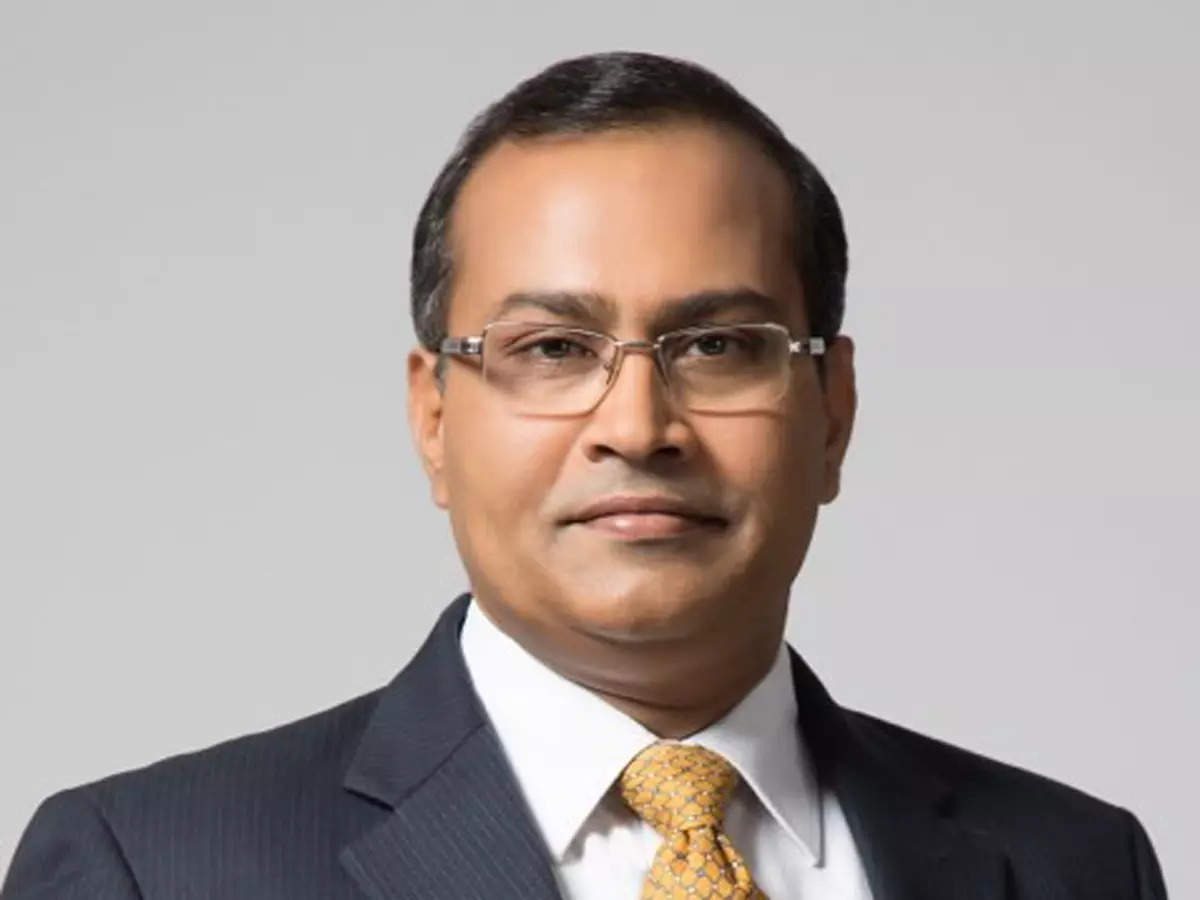[ad_1]
In an interview with ETMarkets, Cheruvu said: “Being a vote-on-account budget, do not expect any taxonomy changes. Focus on green energy, given India’s commitments to COP28, is also likely,” Edited excerpts:
Markets are trading near record highs as we approach the Interim Budget 2024 or the Vote on Account – what are your expectations?
Rajesh Cheruvu: Markets are pumped with liquidity as flows (mainly FIIs) remain strong after a short hiatus in Sep to Oct-23. DII flows have remained resilient.
Unlock Leadership Excellence with a Range of CXO Courses
| Offering College | Course | Website |
|---|---|---|
| Indian School of Business | ISB Chief Digital Officer | Visit |
| IIM Kozhikode | IIMK Chief Product Officer Programme | Visit |
| IIM Lucknow | IIML Chief Operations Officer Programme | Visit |
The budget might not be as blockbuster as previous ones since the current year bears elections, but the present Vote on Account might not feature many announcements.
After the newly elected government takes charge, a full budget would likely be held in July 24. Infrastructure will remain a focus as India embarks on ambitious PLIs to augment supply chains and spruce up supply-driven GDP.
What can derail the current bull rally on D-St – is it the fiscal deficit number or we probably see some profit booking post the event? Will the Fiscal Deficit number be closely tracked?
Rajesh Cheruvu: Risk factors in the market could be the management of the fiscal deficit through optimising revenues and spending.
The asking rate for meeting FY24 Budget Estimates has been steep despite healthier direct tax and GST collections, partly owing to lower disinvestments.
Apart from this, geopolitical risk factors are also worth watching, given U.S. elections this year and the spillover effects of the two major wars.Given the fact that India’s mutual fund industry AUM-to-GDP ratio — which represents the penetration of mutual funds in the economy — is currently around 15% compared to 7-8% a decade ago – what are investors expecting from Interim Budget 2024?
Rajesh Cheruvu: Long-term investors would continue to seek a reaffirmation of AtmaNirbhar Bharat via the government’s focus on deepening India’s supply chain and investment-led economic expansion.
Being a vote-on-account budget, do not expect any taxonomy changes. Focus on green energy, given India’s commitments to COP28, is also likely.
With bonds in focus – do you see any tweaks coming in for bond investors or the segment to make it more attractive?
Rajesh Cheruvu: Given the government’s sustained push on infrastructure, any announcements on bonds linked to this sector could be on the cards in this budget or full budget in July-24.
There are a lot of expectations on making India more self-reliant given the fact that we are seeing most states organising investor summits to attract industries across the world. How are you seeing this change? Will the budget also address ease of doing business?
States would be more pivotal in strengthening India’s story by attracting capital through these events backed by their incentives and plug-and-play infrastructure initiatives.
Rajesh Cheruvu: Ease of doing business both at the Centre and State levels would also be relatively low-hanging fruit to pick up, most specifically through implementing new labour codes.
Which sectors will likely remain in the limelight in the Budget 2024?
Rajesh Cheruvu: Infrastructure and Industrial-related segments can be in the limelight along with BFSI-related firms that can be expected to finance this industrial capex.
Assuming political stability, defence, railway, and other capex stories will likely deliver strong earnings growth. We need to be selective wherein valuations are comfortable.
Ahead of the elections, there might be a slowdown in new project awards by the government, while momentum could be restored in the quarter of the calendar year after the elections.
However, private capex is likely to step further, hoping for policy continuity and above historical averages capacity utilisations combined with a healthy demand outlook.
Consumption-related segments can also fire, given that this still represents the lion’s share of India’s GDP. Expectations of rural recovery in 2024 are likely to augment the performance of staple companies well.
Do you think we could see anything on Cryptos? We have already seen the SEC giving a go-ahead to Bitcoin ETF?
Rajesh Cheruvu: Multiple regulatory bodies would have to mutually agree on the entire Bitcoin value chain, from the currency to wallets to exchanges.
The U.S. giving the go-ahead is a big turn of events, but extrapolating the same to India might not be prudent given that regulations here are vastly different from there, even in terms of well-discovered assets like listed stocks.
Any divestment plans that the govt could lay out in the Interim Budget or a projection of capex spending?
Rajesh Cheruvu: Divestments could be a highlight as the government has primed up many PSU stocks on the back of substantial order in-flow announcements and the Self-Reliant India theme.
However, the mechanism of ownership transfer from the government to the buying entity(ies) would be critical. Also, the Asset Monetisation Programme must gain momentum to support further government capex.
If someone wants to put Rs 10Lakh into equity markets – should the person wait for the budget or deploy it now?
Rajesh Cheruvu: Deployment should ideally be a marriage of asset allocation and needs-based investing. If there is a goal for the Rs. 10 Lakh, then the mix of stocks should be tweaked around to match the aspirations.
Fresh capital can ideally be deployed staggered, keeping a hawk-eye focus on valuations of individual stocks and broad-based market corrections should they occur.
(Disclaimer: Recommendations, suggestions, views, and opinions given by experts are their own. These do not represent the views of the Economic Times)
[ad_2]
Source link
